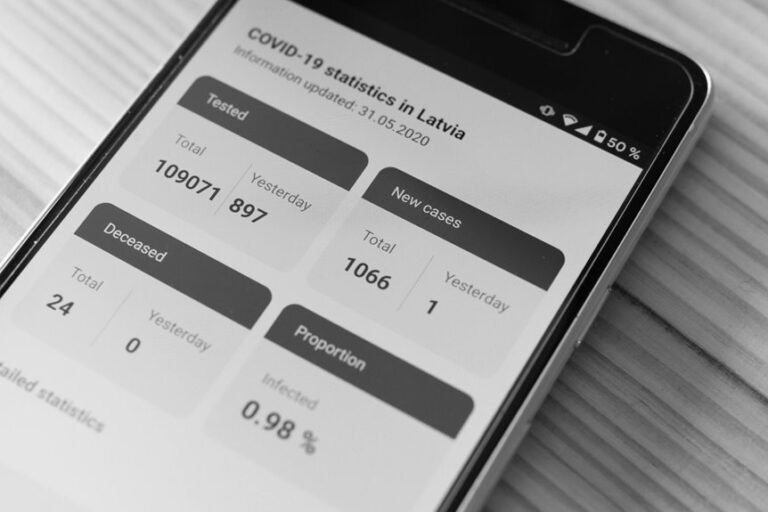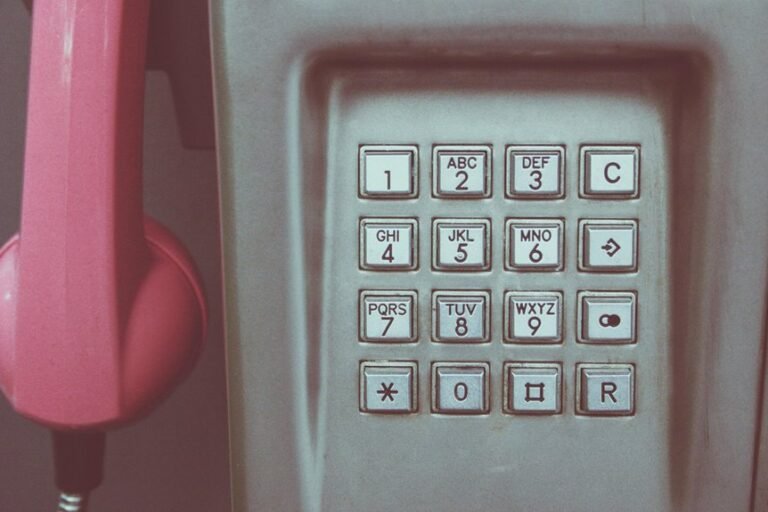Look Into 4074695056, 8339014154, 8123263001, 7269001094, 4252302520, 7864418600

The examination of phone numbers 407-469-5056, 833-901-4154, 812-326-3001, 726-900-1094, 425-230-2520, and 786-441-8600 reveals distinct characteristics tied to their usage. Each number serves specific functions, ranging from regional services to broader communication efforts. However, discrepancies in fraud risks and call authenticity prompt further investigation. Understanding these aspects may enhance users’ communication strategies and inform their decisions regarding contact. What implications do these variations hold for users?
Overview of Phone Numbers 4074695056 and 8339014154
When examining the phone numbers 407-469-5056 and 833-901-4154, it becomes evident that they serve distinct purposes within the telecommunications landscape.
The former, originating from a traditional area code, indicates regional usage, while the latter, a toll-free number, facilitates broader access.
Effective spam identification methods can differentiate legitimate calls from unwanted solicitations, enhancing user autonomy and communication clarity.
Insights on 8123263001 and 7269001094
Analyzing the phone numbers 812-326-3001 and 726-900-1094 reveals notable differences in their configurations and potential applications.
The call origins of these numbers suggest distinct user experiences, with 812-326-3001 primarily linked to regional services, while 726-900-1094 appears associated with broader outreach efforts.
Understanding these differences empowers users to navigate their communication needs with greater autonomy and informed decision-making.
Analysis of 4252302520 and 7864418600
The examination of the phone numbers 425-230-2520 and 786-441-8600 highlights significant differences in their geographic and functional attributes.
425-230-2520 operates within a region known for high fraud detection rates, raising concerns about call authenticity.
Conversely, 786-441-8600 originates from a locale with stringent regulations, suggesting a lower likelihood of deceptive practices.
These distinctions are crucial for understanding potential risks associated with each number.
Conclusion
In navigating the complexities of communication, understanding the distinct purposes and risks associated with various phone numbers is essential. As the adage goes, “A stitch in time saves nine,” highlighting the importance of being proactive in verifying call authenticity and purpose. Users can enhance their communication experience by discerning the differences between regional services and toll-free numbers, as well as recognizing potential fraud versus regulated practices, ultimately fostering a safer and more informed environment.





